Creating and selling sample packs as a side hustle involves a blend of creativity, technical knowledge, and market awareness. To successfully implement this, you need to craft high-quality audio snippets. This process not only requires an ear for quality but also a strategic approach to selecting and processing sounds that align with the current music trends.
When presenting your pack, effective organization and compelling cover art are crucial as they can significantly influence its success in the market. Moreover, utilizing targeted marketing techniques is key to reaching potential buyers; this includes leveraging social media platforms and forging partnerships with influencers.
However, standing out in a saturated market involves more than just producing quality sounds and effective marketing. It's about identifying what sets your sample pack apart and capitalizing on that unique selling point. This could be anything from a unique sound, a particular genre focus, or even exclusive access to certain tools or techniques.
In conclusion, creating and selling sample packs can be a profitable side hustle if you can balance creativity, technicality, market awareness, and strategic marketing.
Understanding Sample Packs
Sample packs, these libraries of pre-recorded audio snippets, loops, and one-shots, serve as vital resources for music enthusiasts looking to delve into music production as a side hustle.
The history of sample packs can be traced back to the emergence of digital audio workstations (DAWs) in the late 20th century. Originally, these packs were elementary, often merely containing basic drum loops and uncomplicated melodic phrases. However, they have evolved to include a broad range of professionally recorded sounds, catering to various genres and styles, and thereby, appealing to a large audience.
Today's sample packs are incredibly sophisticated, providing meticulously crafted soundscapes and complex rhythmic patterns. They are essential for those who are exploring music production as a side hustle, enabling them to assemble tracks swiftly without sacrificing quality.
The target audience for these packs is extensive, including beginners who are looking for ready-made elements to refine their skills, as well as seasoned professionals who need specific sounds to augment their projects.
Choosing Your Sounds
Choosing the right sounds for your side hustle in creating sample packs requires a keen understanding of both current market trends and the unique needs of your target audience. The selection of sounds isn't simply about personal preference but a strategic undertaking that relies heavily on in-depth genre considerations.
Each music genre possesses its own sonic signature, which determines the textures, timbres, and tonal qualities that appeal to its followers. For example, a trap pack for your side hustle would require booming 808 kicks, sharp hi-hats, and dark, melodic loops, while a lo-fi pack would lean towards dusty drum breaks, warm chords, and ambient noise.
Observing current market trends allows you, as a side hustler, to create sample packs that are both relevant and innovative. This process involves thorough research into popular tracks, emerging artists, and shifts in the industry. Furthermore, understanding the needs of your target audience allows for a more personalized approach. Are they on the hunt for cutting-edge synth presets, organic percussion, or perhaps a mix of both?
Ultimately, successful sound selection for your side hustle involves striking a balance between creativity and commercial viability. By aligning your sounds with genre considerations and market dynamics, you can curate a sample pack for your side hustle that not only stands out but also caters to the specific needs of modern music producers.
Recording Techniques
Mastering the art of recording techniques is pivotal for crafting high-quality sample packs.
Employing precise microphone placement strategies can greatly enhance the capture of nuanced sounds, while optimizing room acoustics guarantees clarity and reduces unwanted reverberations.
Additionally, the meticulous process of layering and blending sounds adds depth and richness, producing samples that stand out in a competitive market.
Microphone Placement Strategies
Excelling at microphone placement is crucial in optimizing the quality of your side hustle in creating sound sample packs. The choice of microphone types and their strategic positioning can significantly affect the tonal quality and spatial depth of your recordings.
For example, condenser microphones, known for their sensitivity and broad frequency response, are perfect for capturing the details of acoustic instruments. On the other hand, dynamic microphones, with their sturdy build and capacity to manage high sound pressure levels, are excellent for recording drums and amplified instruments.
Exploiting stereo recording techniques can enhance your sample packs, delivering a more engaging and life-like audio experience. By employing XY configurations or spaced pair methods, you can proficiently capture the spatial attributes of an ensemble or a solo instrument within a room.
The key to mastering this side hustle is to experiment with microphone placement—adjusting angles, distances, and positions to find the optimal point where the instrument's natural resonance and the room's acoustic qualities merge harmoniously.
Optimizing Room Acoustics
Enhancing the sound quality of your sample packs for your side hustle requires a comprehensive approach to room acoustics optimization, ensuring undesirable reflections and resonances do not distort your work. This starts with strategic room treatment, using sound absorption techniques to manage frequency response effectively.
Acoustic panels play a crucial role in this, reducing mid-to-high frequency reflections and lessening flutter echoes. Pinpointing and addressing primary reflection points is key to prevent phasing issues and preserve clarity.
Bass traps are vital for dealing with low-frequency issues, which can otherwise blur the mix and distort the accuracy of your home studio. These traps, often situated in corners where bass accumulation is most noticeable, absorb troublesome frequencies, resulting in a balanced and controlled low end.
Pairing absorption with sound diffusion enhances your room's spatial attributes, distributing sound waves evenly and minimizing comb filtering effects.
To create an ideal recording space for your side hustle, a comprehensive approach combining these elements is essential. Appropriately treated rooms exhibit a flat frequency response, allowing precise monitoring and ensuring the quality of your sample packs.
In the end, a well-optimized acoustic environment forms the foundation of professional-quality recordings, encouraging accuracy and creativity in your production process.
Layering and Blending Sounds
Incorporating layering and blending techniques is a crucial step in creating rich, multidimensional sample packs that can differentiate your side hustle in a saturated market. These methods elevate sound design, allowing you to weave complex auditory tapestries that captivate your audience. Engaging in creative layering and genre blending not only enhances the sonic palette but also encourages texture exploration, ensuring each sample you create is unique and versatile.
Key approaches for effective layering and blending in your sound design side hustle include:
- Sonic Experimentation: Experiment with combining disparate sounds from various genres. This method, known as genre blending, results in innovative samples that defy categorization and appeal to a wide range of listeners. It can help make your side hustle more intriguing and diverse.
- Sample Manipulation: Utilize advanced techniques such as pitch shifting, time-stretching, and granular synthesis. These processes allow you to create intricate textures and rhythmic variations, transforming ordinary sounds into extraordinary ones. This can help elevate the quality of your work and make your side hustle more profitable.
- Melodic Fusion: Merge different melodic elements to create cohesive yet complex layers. This involves harmonizing various melodic lines and ensuring they complement each other, thereby achieving a balanced and engaging soundscape. This can help attract a wider audience to your side hustle and increase its appeal.
Editing and Processing
Editing and processing are pivotal stages in sample pack creation, where noise reduction techniques and dynamic range adjustments refine the raw recordings into polished, professional-grade assets.
Employing advanced noise reduction algorithms guarantees pristine audio quality, while meticulous dynamic range adjustments enhance the sonic character and usability of each sample.
Mastery in these areas greatly elevates the appeal and marketability of your sample packs.
Noise Reduction Techniques
Effective noise reduction techniques are crucial in the editing and processing phases to ensure that your side hustle of creating and selling sample packs maintains top-notch audio quality.
The key to achieving excellent audio clarity begins with thorough soundproofing methods. Proper soundproofing not only minimizes ambient noise but also crafts an ideal recording environment, promoting flawless sound capture for your side business.
To carefully enhance the audio samples for your side hustle, consider the following techniques:
- Spectral Editing: This method allows for accurate removal of unwanted noise by visualizing audio frequencies. Using spectral editing tools, you can identify and isolate noise components, ensuring they do not interfere with the desired audio for your sample packs.
- Noise Gate: Utilize noise gates to suppress background noise during quieter sections of your recordings. By setting appropriate threshold levels, you can effectively silence low-level, unwanted sounds without affecting the primary audio signal – a crucial step for your side business.
- De-noising Plugins: High-grade de-noising plugins examine the noise profile of your recordings and apply smart algorithms to reduce it. These plugins are essential for maintaining the integrity of your samples for your side hustle while removing hums, hisses, and other disruptions.
Dynamic Range Adjustments
Mastering dynamic range adjustments is crucial in ensuring your side hustle as a freelance sound designer yields professional-grade audio quality in your sample packs. The balance between the loudest and softest elements is key in creating usable samples that can be integrated into various projects.
Dynamic range, which is the difference between the quietest and loudest parts of an audio signal, is a fundamental concept in this side hustle. Tools like compressors and limiters are invaluable in this process, as they help reduce the dynamic range for a more consistent output. Correct usage of these tools ensures that no part of the sample is overly dominant or lost in the mix.
For example, a mild compression can subtly manage peaks without losing the natural feel, while a limiter can stop clipping and distortion.
Furthermore, techniques like parallel compression can preserve the punch and clarity of the original sound while adding controlled loudness, which is particularly useful for projects requiring impactful sound effects. Similarly, dynamic EQs can be used to adjust specific frequency ranges dynamically, keeping the tonal balance intact throughout the sample.
Be cautious, though, as excessive dynamic range reduction can lead to an over-processed, dull sound, which could potentially affect the success of your sound design side hustle.
Organizing Your Pack
Organizing your side hustle idea meticulously guarantees a seamless user experience, enhancing both usability and marketability. A well-organized side hustle not only appeals to your target audience but also supports effective pricing strategies. The key to achieving this lies in categorization, labeling, and accessibility.
Categorization: Group similar services or products together. Segment your hustle into categories such as digital services, physical products, or consulting. This organization helps clients quickly locate the services they need, streamlining their decision-making process.
Labeling: Accurate and descriptive labeling is paramount. Include relevant details and key information where applicable. For instance, a digital service could be labeled as “GraphicDesign_LogoCreation_TimelyDelivery.” This specificity not only aids clients in finding compatible services but also reflects professionalism.
Accessibility: Confirm your side hustle is easy to navigate. Avoid complex hierarchies that can frustrate clients. Instead, opt for a flat structure where important services are no more than two clicks away. This ease of access can notably enhance the user experience and can be a decisive factor in your hustle's success.
Designing Cover Art
Creating engaging cover art is crucial for attracting potential customers and succinctly communicating the essence of your side hustle. The cover design should visually embody the unique value proposition that your side hustle offers.
Applying advanced color theory can significantly enhance the aesthetic allure and emotional resonance of your design. For example, using complementary colors can produce a dynamic contrast, making your cover visually impressive, while analogous colors can bring about a sense of unity and cohesion.
Take into account the nature and mood of your side hustle during the design process. For tech-related ventures, a futuristic, sleek design with neon hues might be fitting. On the other hand, a side hustle dealing with antique collections might benefit from a classic, vintage-inspired aesthetic.
Typography is also key; selecting the appropriate font can improve readability and sync with the overall theme of your cover.
Making use of graphic design software such as Adobe Photoshop or Illustrator allows for accuracy and versatility in your cover design. Vector graphics ensure scalability without quality loss, crucial for preserving high-resolution visuals across different platforms.
Marketing Your Samples
To successfully market your side hustle of producing sample packs, it's essential to leverage a variety of strategic digital channels and targeted outreach techniques. Start by identifying your target audience, which allows for personalized promotional strategies that effectively connect with potential buyers.
Use the power of social media platforms to generate excitement and maintain customer engagement. Create captivating content that highlights the unique aspects of your sample packs, and consider collaborating with influencers to widen your reach.
Streamlining a comprehensive approach to marketing can be achieved through the following steps:
- Email Marketing: Design targeted email campaigns to guide leads through the sales funnels. Offer exclusive previews or discounts to incentivize purchases.
- Pricing Models: Experiment with various pricing models, such as tiered pricing or subscription services, to appeal to a larger audience and enhance conversion rates.
- Influencer Partnerships: Collaborate with influencers in your niche who can produce genuine content and direct traffic to your product. Their endorsement can significantly enhance credibility and exposure.
Integrate these strategies to construct a solid marketing framework that not only attracts but also retains customers. The key lies in understanding your audience's needs and constantly refining your promotional tactics to maximize impact and sales for your side hustle.
Conclusion
The creation and commercialization of sample packs necessitates a thorough grasp of market dynamics, precise sound selection, and advanced recording methodologies.
Rigorous editing and processing guarantee the highest audio fidelity, while systematic organization and visually compelling cover art amplify marketability.
Effective marketing strategies, particularly leveraging social media and influencer networks, are critical in enhancing visibility and driving sales.
Mastery in these areas collectively contributes to producing desirable and commercially successful sample packs in the competitive music production industry.
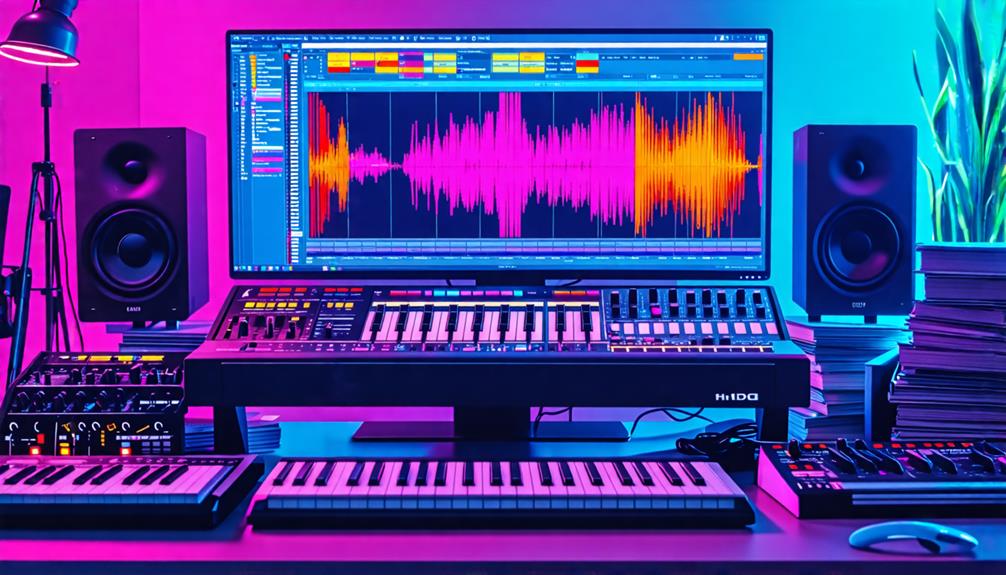
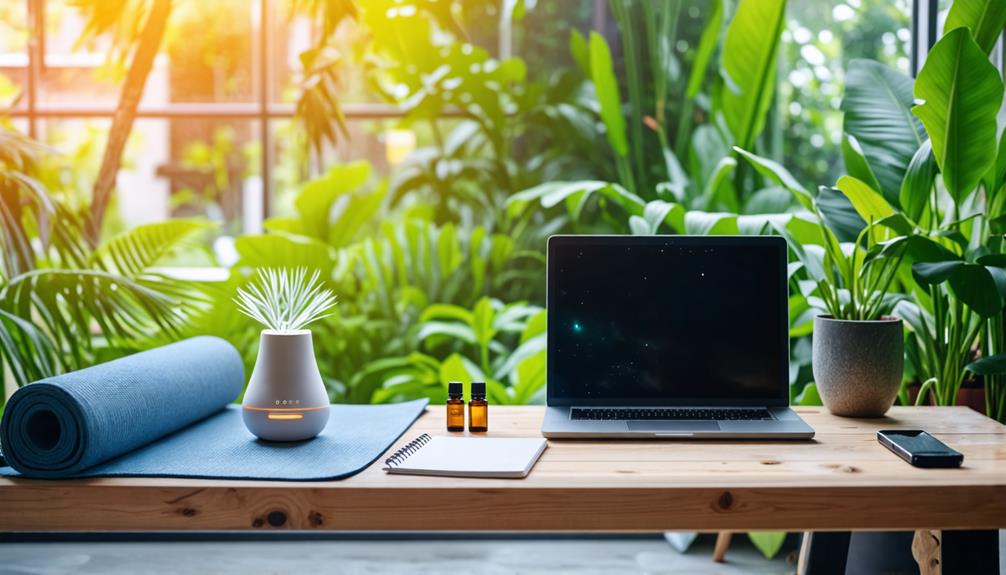

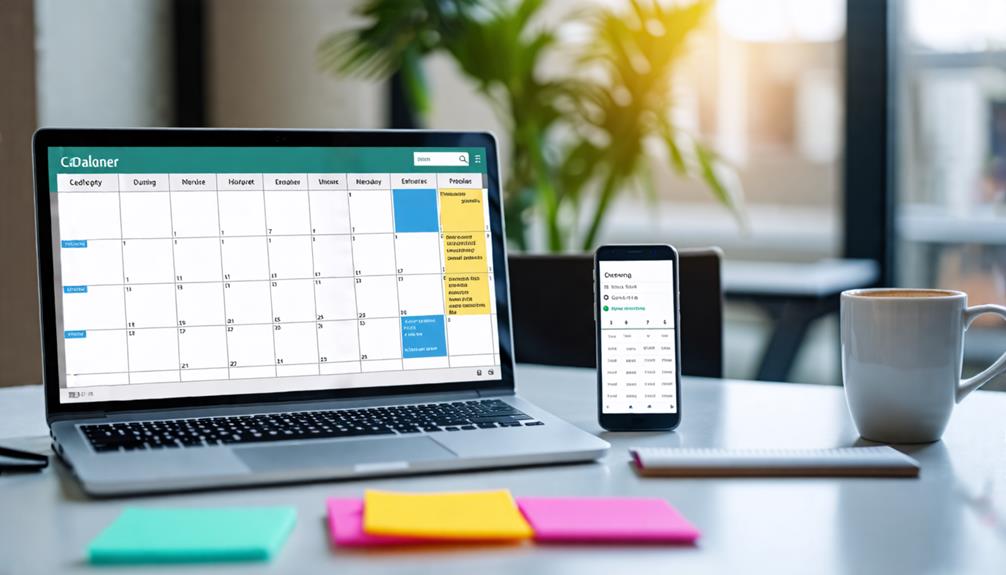













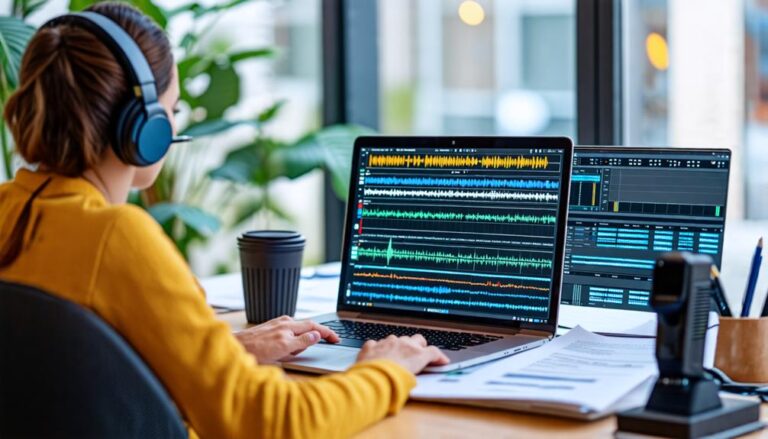


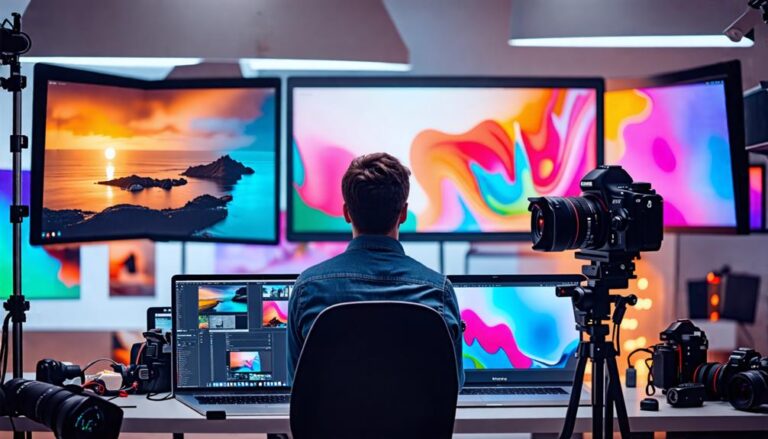



























0
View comments